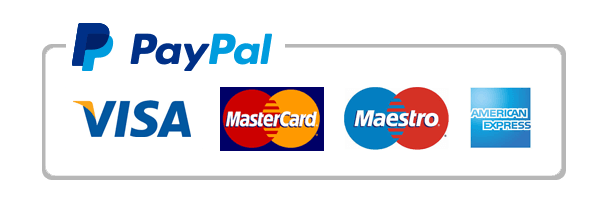Marketing Opportunity To The Food Industry example essay topic
Under the Societal Marketing Concept organizations have to balance company profits, customers' wants and the society's interests. The problem is to determine what is best for the society in this case. Because there is a difference between short term consumers' wants and long term consumers' welfare (Brown, 2005). This issue can be very hard to handle, because it is not all companies market with a social conscience. In one hand consumers say they want healthier foods, but in the other hand, their behavior focus towards unhealthy foods. Some companies may have initiated sincere efforts to provide healthier products; however, it is complicated to modify the consumer's behavior in this regards (Knowledge@Wharton, 2005).
As indicated by The Soy Daily (2003) over recent years rates of obesity have escalated rapidly, increasing consumption of diets high in fats and sugars, and declining levels of physical activity. This behavior generates a marketing opportunity to the food industry, which benefits them due to the heavily supported marketing campaigns the do to attract consumers (Leather had Food International, 2004). Even though some organizations such as Children's Advertising Review Unit (CAR) announced its intentions to enforce a new level of advertising to good nutritional practices and even asked a big company like Burger King to aggressively promote healthier alternative, this efforts are not enough (Commercial Free Childhood, 2005). These policies or guidelines contradict the interests of an industry that encourages people to eat more. If people really ate less, food producers, retailers and fast-food among others, would lose business. Even schools can be affected on the income they receive from companies marketing fast foods and soft drinks.
That is why food companies take full advantage of their connections in Congress and federal agencies to make sure that anti-obesity campaigns focus on individual food choices, not food marketing practices (Nestle, 2000). 2. How would you use the information on which Americans trust for marketing purposes? These data provided by the survey is a good source of information to analyze consumer's market and also buyer's behavior.
There are a lot of factors that motivate consumers and trust is one of them. As stated by Kotler (2003) by studying consumer we can get clues for developing new products, prices channels and other marketing mix concepts. If we know that the most trusted professional is a priest then we may be able to use it to our advantage from a marketing point of view. Marketing based on the development of trust creates entirely new opportunities for getting the consumer's attention and interests. Based on the data from the survey, we know that it will be easier to develop a campaign with a teacher on it than with a member of the congress. Once we study the data and understand how to build trust, it will be easier to get the message to the consumer and it can help to develop a marketing program which a single point of focus: develop trust (Neitlich, 2003).
3. How can marketers use information on the leisure-time activities of Americans? As well as trust, the data provided on leisure-time activities can be used to better understand buyer behavior. The more we understand the consumer's, the easier it will be to stimulate the buyer's consciousness (Kotler, 2003).
Time-use data could also be helpful in interpreting price index data. It has been argued that part of the reason that inflation has been so low is that consumers have to wait more for some services and that they shop around more for bargains. For example, health maintenance organizations typically charge less than fee-for-service health plans, but their patients also typically wait longer to see a health-care provider. This reasoning implies that people are increasingly substituting time for money.
A leisure- time survey that is linked to an expenditure survey would also make it possible to attach a "time cost" to specific goods and arrive at an alternative price index. In the absence of this linkage, time-use data collected over multiple periods could provide insightful data on the specific trends in these types of time expenditures. For example, if a lot of consumers spent 20% of their time watching TV, we can determine that this can be a popular attract consumer's attention, via TV commercials (Joyce & Stewart, 1999).
Bibliography
Kotler, P. (2003).
Marketing Management. New Jersey: Prentice Hall. Brown, A. (February, 2005).
Contents of the Chapter 1 Notes. Retrieved on March 21, 2005 from: web The Soy Daily (August 25, 2003).
International Obesity Task Force Lays Responsibility on Food Industry For A Major Transformation in Diet. Retrieved on March 21, 2005 from: web (February 23, 2005).
Marketing & Obesity. Retrieved on March 21, 2005 from: web obese.
htmlLeatherhad Food International (June 2004).
Emerging Concepts in the Global Food & Drink Industry. Retrieved on March 21, 2005 from: web Free Childhood (March 15, 2005).
Food Advertising Pushed Into Harsh Spotlight. Retrieved on March 21, 2005 from: web M.
June 22, 2000).
Fight on Obesity Faces Hefty Commercial Problems. Retrieved on March 21, 2005 from: web Neitlich, A.
November 21, 2003).
A Revolutionary Marketing Strategy... Trust Me. Retrieved on March 21, 2005 from: web Joyce, M.
Stewart, J (August 1999).
What can we learn from time-use data? Retrieved on March 22, 2005 from: web.

